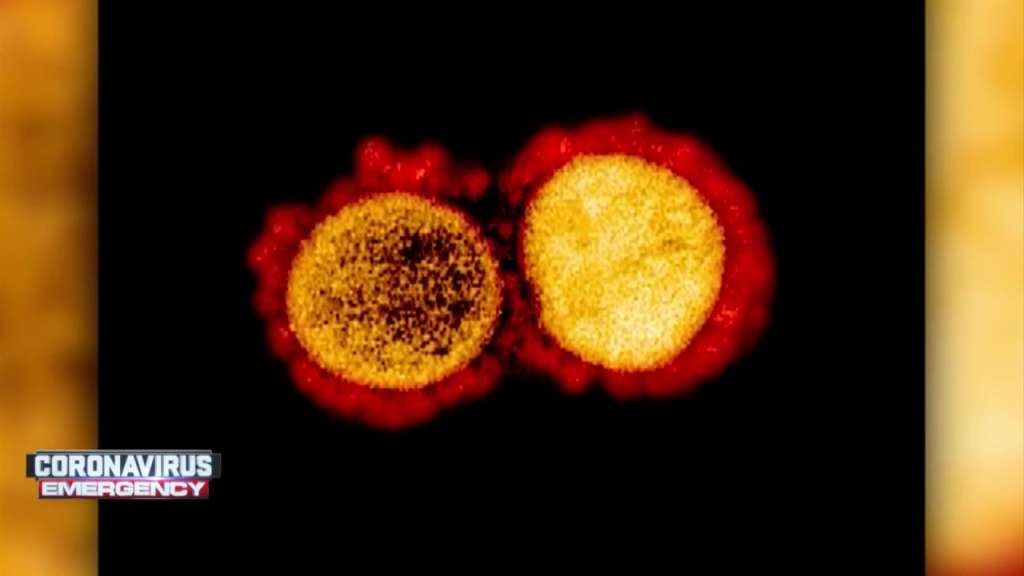HARTFORD, Conn. (AP) — When determining eligibility for unemployment benefits, Connecticut’s Department of Labor is now allowed to consider whether a worker would pose an “unreasonable risk” to the health of their household if they return to work during the coronavirus pandemic.
The latest executive order, signed by Democratic Gov. Ned Lamont on Monday evening, pertains to submitted claims covering May 17 through July 25. The temporarily modified state regulations now say the Department of Labor commissioner “may consider the individual’s or household member’s health, his or her physical capabilities, the physical and mental requirements of the job, working conditions and the existence of any medical documentation concerning the individual’s limitations.”
According to the order, when there’s “an unreasonable risk to the individual’s health or, due to COVID 19, the health of a member of that individual’s household is established” the comissioner shall determine that returning to work is “unsuitable for the individual.”
For most people, the virus causes mild or moderate symptoms, such as fever and cough, that clear up in two to three weeks. For some, especially older adults and people with existing health problems, it can cause more severe illness, or death.
In other coronavirus news in Connecticut:
___
CLEANER AIR DURING PANDEMIC
Many air pollutants in Connecticut dropped significantly during the coronavirus pandemic, the Department of Energy and Environmental Protection’s Bureau of Air Management announced on Tuesday.
A preliminary analysis of air quality data found nitrogen dioxide levels were between 13-37% lower than the average monitored values for the previous three-year period and carbon monoxide levels were between 7-21% lower. There were also lower levels of sulfur dioxide and black carbon. Ozone and fine particulate matter levels, however, were unchanged.
DEEP said the results stem from stay-at-home orders in Connecticut and regionally, which resulted in a dramatic reduction in air-polluting emissions with fewer cars on the roads, fewer airplanes, and less demand for gasoline and electricity. Normal seasonal factors also played a role.
(Copyright (c) 2024 The Associated Press. All Rights Reserved. This material may not be published, broadcast, rewritten, or redistributed.)

